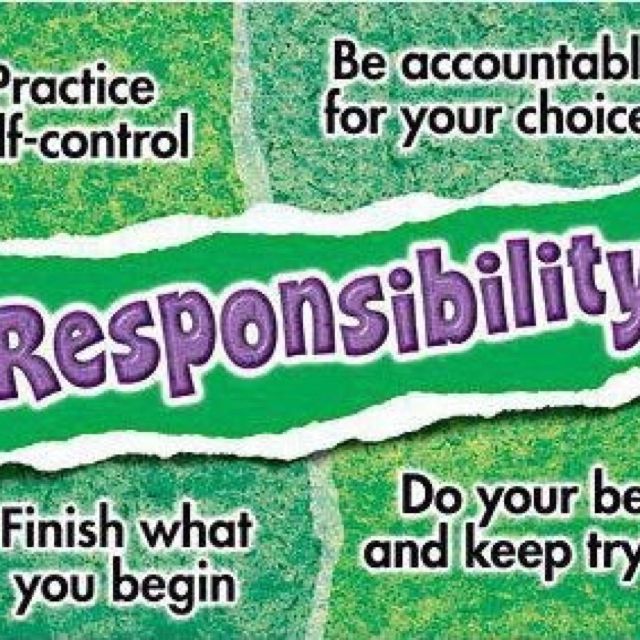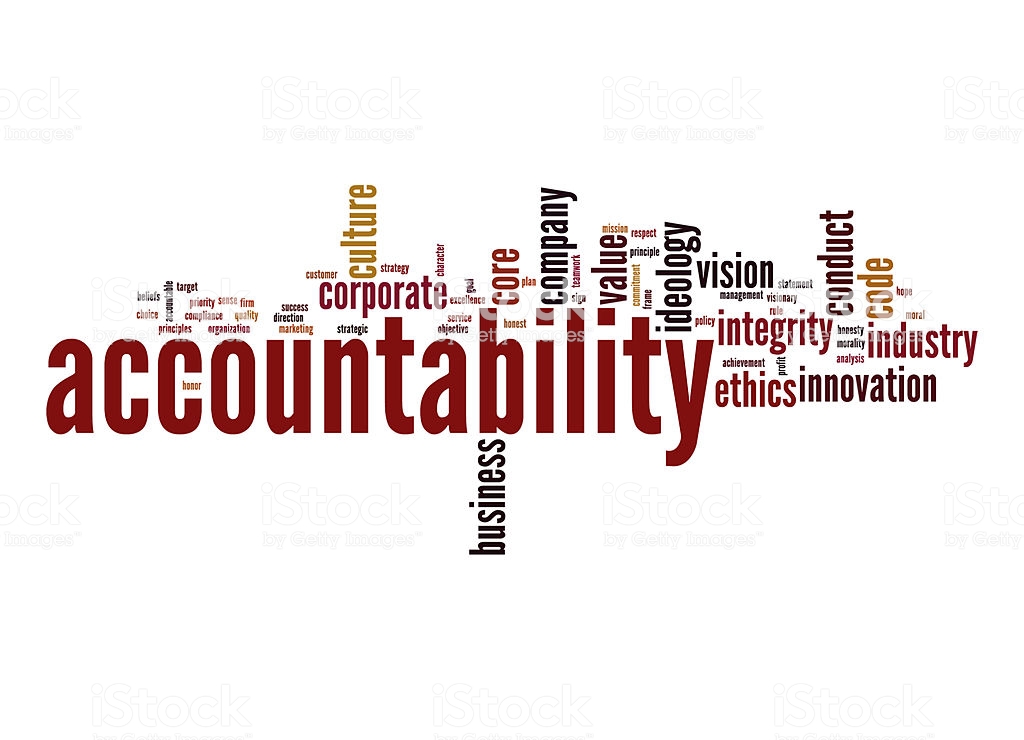
It is amazing that certain companies do not hold their personnel accountable for their work.
They ignore that responsibility and accountability are necessary for a successful business. It is puzzling why this is happening. Companies try to solve this dilemma by redefining responsibilities. They do this by reorganizing what people do and restructuring the way work is done.
They find that by changing where people are in the organization won’t change how they think and perform. What they are lacking is personal accountability. That involves a choice to move closer to the success that you or your organization wants.
One of the companies I worked with was a prime example of this.
This company wanted to make improvements to the operations by utilizing project teams.
Their first project involved the receipt, storage, movement and use of the materials they processed. About 75% of these were client-owned. The rest were items they used to ship the materials they finished to the customers.
There were four facilities involved in their operations. Three of them processed materials. Each was to hold up to three days of materials that were to be processed. The fourth was to store items outside of the three-day window, or that they were holding for clients. Besides these buildings, there were a significant number of tractor-trailers that also held materials.
Materials were supposed to be scheduled for receipt.
In many instances, clients sent materials without prior notice. As a “good” partner, these items were received and stored. This happened, even though the proper procedures were not followed. Receipts could occur at any of the four facilities. If they were actually scheduled, the types and amounts were checked against what was supposed to be received. In some instances these did not match with what the company said they were to receive. The company was notified of the discrepancy. Sometimes the difference was resolved and other times it was not. The materials were received and stored, based on what they were supposed to receive. Not, what was actually received.
Storage of materials was quite disorganized.
Many items stored in the manufacturing buildings were not used within three days . In certain instances the materials had resided there for months. In other instances, obsolete materials were being stored. That shouldn’t happen in any facility.
The system to track and locate the materials was mostly manual, with some use of an Excel program. The company knew an approximate location of where the materials they needed to be residing (They knew by building number). They did not know where exactly in that building they were stored. So, each time a material was needed, it had to be searched for.
In other words, the inventory system was poor.
It needed a complete overhaul to become effective. Our role as consultants was to work with a select project team from all operational areas. We were to fix these issues and to get control of the inventory controlled by the company.
The company’s Materials Manager was to be the lead project person. Eleven people representing the various operations were to work on the project team. We were to work with them on:
- Establishing proper policies and procedures for receiving and storing materials.
- Developing layouts to store materials in each of the facilities.
- Developing a method to identify and maintain inventory control and accuracy.
- Establishing longer term plans to move the company to an inventory control system. Potentially automate storage with new storage equipment.
The project was to last for 12 weeks. Each person was to dedicate four hours per week of their time to working on these items. A project charter outlining expectations from them was developed. It was then reviewed with all of the operational managers and the company’s owner. They then signed off on this document declaring that they understood what was needed and supported the process/charter. They supposedly understood that responsibility and accountability are necessary for a successful business.
Once the mangers signed off, the charter was then reviewed with all of the team members.
They understood what was expected of them and a timeline was set for what had to be completed and by when. Weekly meetings were set with them to work on the procedures and the layouts of the materials. These were review meetings. They were then expected to actually work on the various parts throughout the week. We trusted that they would be true to their word.
The first few weeks were spent reviewing documents that the company already used.
Deficiencies of these were noted and assignments made to correct these. The identification of the materials stored in all locations was also attempted. This was necessary to determine what was on site. A determination could then be made on what to store where. Layouts of the various facilities could then be made. And the right materials could then be located in each.
After the first two weeks, a few troublesome things were occurring. First, some of the team members were not showing up for the review meetings. Second, work was not being done and initial deadlines were already being missed. The project manager was aware of this and relayed this info to the owner. The feedback from the owner was that they were very busy and had other priorities that needed to be attended to. The charter that only two weeks before was agreed to was already being violated.
We realized that this would be an issue throughout the project.
So, I and my partner who was heading the layout part of the project decided to complete the team’s work on our own. This was done in spite of the fact that the project was based on the company providing the manpower and time to get the work done. We completed all of the deliverables except the system and equipment plans.
Finally, the owner stepped in.
In the 12 weeks of work, we estimated that the team had put in about 50 hours of total time. Most of this was attending review meetings. That was out of a total of 576 hours that had been agreed to at the project’s start. So, was the owner upset with his employees and their lack of responsibility and accountability towards the project? The answer was, “No”. He was upset with my partner and me. He outlined what he felt we hadn’t done in the 12 weeks we had busted our tails to get done what his team hadn’t done even though this had been communicated to him, per proper project management. The project was halted and despite our agreement to complete the work, it was never restarted.
From this example, where was the responsibility and accountability that was promised by the company? They had previously agreed that responsibility and accountability are necessary for a successful business.
It was nowhere to be found.
What are the chances any other projects will be started and completed by a team of company employees?
It is a safe bet that will never happen.
The company and its owner are not invested in doing what is necessary to make improvements.

Responsibility and accountability should be explicit in all job descriptions, and goals and objectives.
A very successful formula for managing projects is to make sure that each person knows his or her role in achieving the project goal. They are to be held accountable to make these things happen. If something is preventing them from moving ahead, they must let their manager know. That person can run interference for them.
So, why is this happening in businesses like the one I covered? Don’t they understand that responsibility and accountability are necessary for a successful business?
It shouldn’t be; yet, too many times it is.
People are not paid to not produce or leave the work for someone else. If they are not held accountable — for what they do, don’t do, or for doing it poorly — what incentive do they have to perform better? Especially, if there are no consequences for their actions or in-actions?
The obvious answer is “none,” and so the organization suffers.
There are different reasons why responsibility and accountability are missing from companies. Regardless, the results are the same — poor performance / productivity.
Even if the project goals come to fruition, it is at the expense of extra time, money and quality. Sometimes all three are compromised. This doesn’t have to be. It happens because it is allowed to happen. The managers and executives find it easier to excuse it away than to make it go away. That is when the downward spiral is set in motion. Successful companies do not let this happen. They know the importance of their employees’ responsibilities and account abilities and why this is necessary for a successful business.